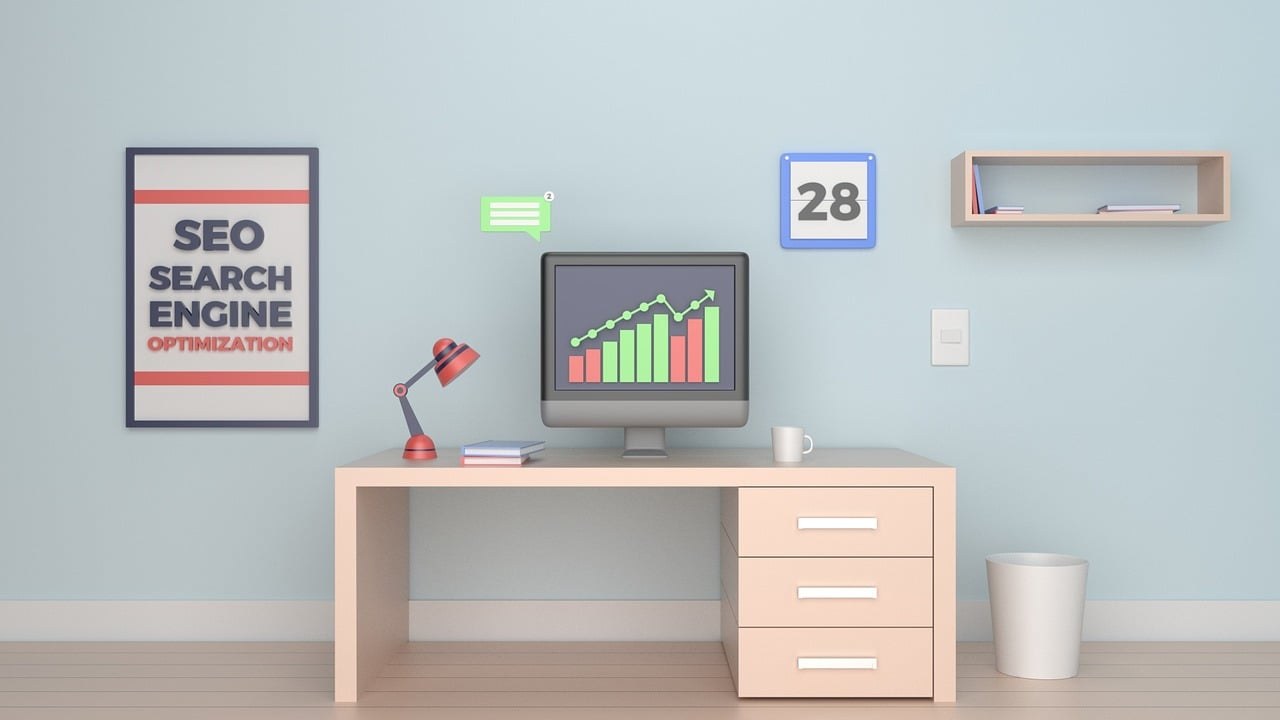When you want to learn something new or simply be entertained, you go to an internet search engine and type in keywords to reach the desired information – what attracts you more, written articles or video format?
No matter how interesting certain blog articles may be, videos are often more engaging and useful from various perspectives – especially among young audiences, particularly Generation Z.

Furthermore, we cannot ignore how much Youtube has grown – it is the second-largest internet search engine, right after Google (and Youtube belongs to Google).
Research shows that a vast amount of video content is uploaded daily. However, it is essential that all that content in the ocean of videos is somehow sorted and delivered to the right audience.

Just as there is SEO for websites – which our industry uses successfully – there is also SEO for Youtube, which can help your videos become more visible in searches.
We decided to take a closer look at the topic of SEO for Youtube and reveal several tricks for better video positioning.

What is SEO for Youtube?
The digital era we live in largely belongs to Youtube creators and influencers, who earn significant amounts of money by understanding how Youtube works. This alone makes it important to learn about its optimization process.
Before suggesting tips for Youtube SEO, it is important to know the exact definition and function of SEO for Youtube.

Simply put, Youtube SEO refers to optimizing your content for the platform’s algorithm, which decides the positioning of videos in search results. You need to pay attention to keywords, playlists, metadata, descriptions, the videos themselves, and much more.
Video content can be optimized specifically for Youtube as well as for other search engines. You can adapt to your needs and apply the techniques most relevant to your goals.

Alongside SEO techniques for optimizing Youtube videos and channels, it is equally important for the video format to be of maximum quality. Good production and clear editing are essential techniques that will help significantly.
Let’s move on to some practical SEO tips for Youtube.
Using keywords in optimization
Just as keywords play an important role in Google optimization, the same applies to Youtube SEO. It is essential to find the right keywords, which should appear in metadata, the video title, be mentioned during recording, and so on.
Here’s what makes a keyword valuable:
- It describes the video in the best possible way, or;
- It is something users type into search to find videos similar to yours.
Tools like keyword planners are effective for finding optimal keywords. You can also type a word in the search bar and see the suggested endings (for example, if you type “marketing,” suggestions might include “manager,” “courses,” and so on).
We have identified the 5 most important places to use keywords.
#1 Keywords in the video file name
Youtube cannot watch your video to understand its content, but you can help it right from the start by naming the file appropriately.
It is recommended to do this before uploading, using a format like: “painting-tips.MOV” – the first part contains the keywords describing the video, and the extension specifies the video format (MP4 or WMV are also common for compatibility).
#2 Keywords in the video title
While the connection between video ranking and keywords in the title is not always direct, it is crucial for attracting clicks.
When a user sees a clear and relevant title, they are more likely to click and watch. Keep it concise – the recommended length is up to 60 characters.
#3 Keywords in the video description
The description section allows up to 5,000 characters, but avoid writing too much – people come to Youtube to watch, not read lengthy texts.
Include all key information and important links in the first 100 characters, before the “Show more” button appears. Implementing keywords in the description also helps videos appear in suggested content.
The description is also an excellent place for adding a transcript.
#4 Keywords in tags
By using keywords in tags, you inform both users and the algorithm about your video’s topic. Use relevant tags, preferably with long-tail keywords.
#5 Keywords within the video
Make sure to say your keywords during the recording so that they appear in auto-generated captions.
Video categorization – connect it to similar content
Once you upload a video to Youtube, the “Advanced settings” option allows you to categorize it appropriately.
This helps your video appear to viewers as suggested content related to what they are already watching.
Setting the right thumbnail before clicks
Another great way to increase clicks is to upload a custom thumbnail instead of letting Youtube choose one automatically.
Verify your account before setting the thumbnail (youtube.com/verify).
Recommended thumbnail specifications are:
- 1280×720 pixels;
- 16:9 ratio;
- Less than 2 MB in size;
- File formats: jpg, gif, bmp, png.
According to “The Creator Academy,” 90% of top-performing videos follow these guidelines.
SRT file for subtitles and translations
To add subtitles or translations, upload an SRT file (“supported text transcript” or “timed subtitles file”). This allows your video to be seen by people who do not speak your language.
Including keywords in the subtitles can further help with search visibility.
Adding cards to the video
One way to keep viewers engaged on your Youtube channel is by adding cards, which often appear at the end of a video or during natural breaks.
Cards invite users to click through to another video, subscribe to your channel, or visit a website – the choice is yours as the creator.
Youtube is an exciting space for marketers, as the format continues to grow in importance among younger audiences. Many influencers and creators actively use the techniques we’ve described here because they know how powerful they can be.






0 Comments